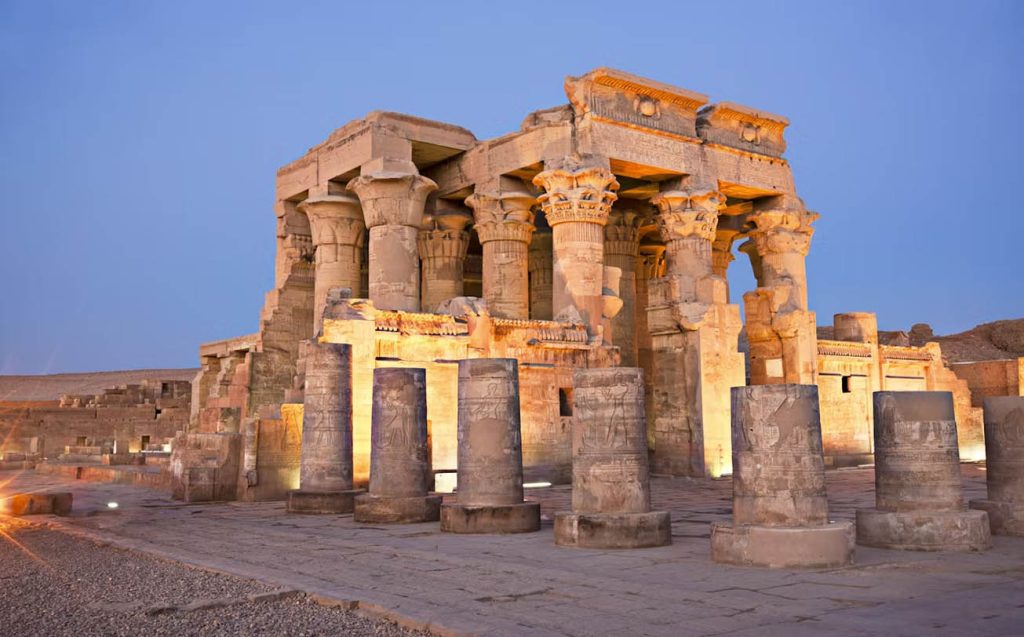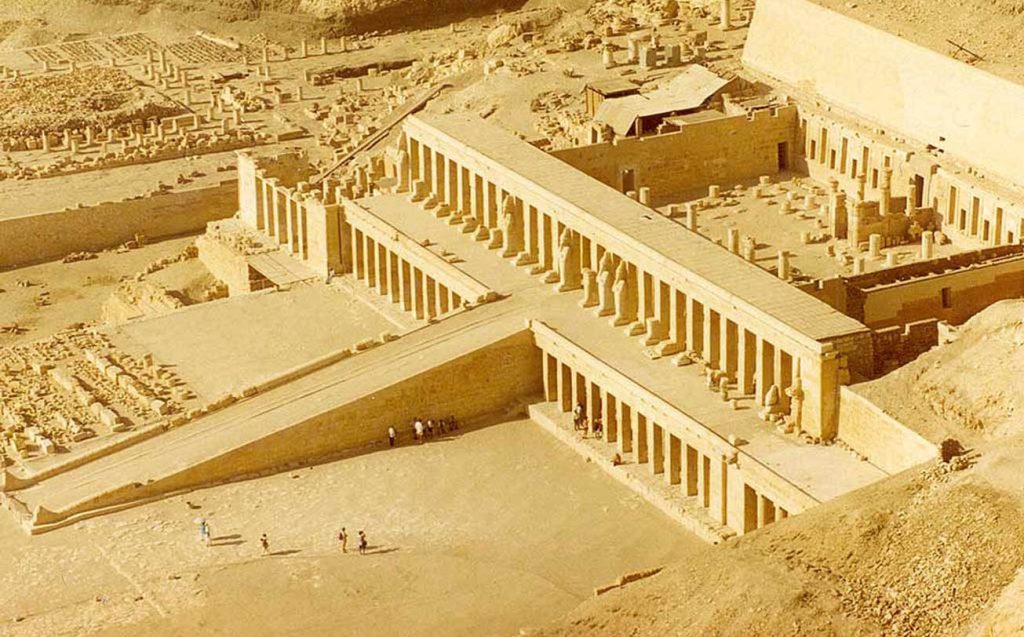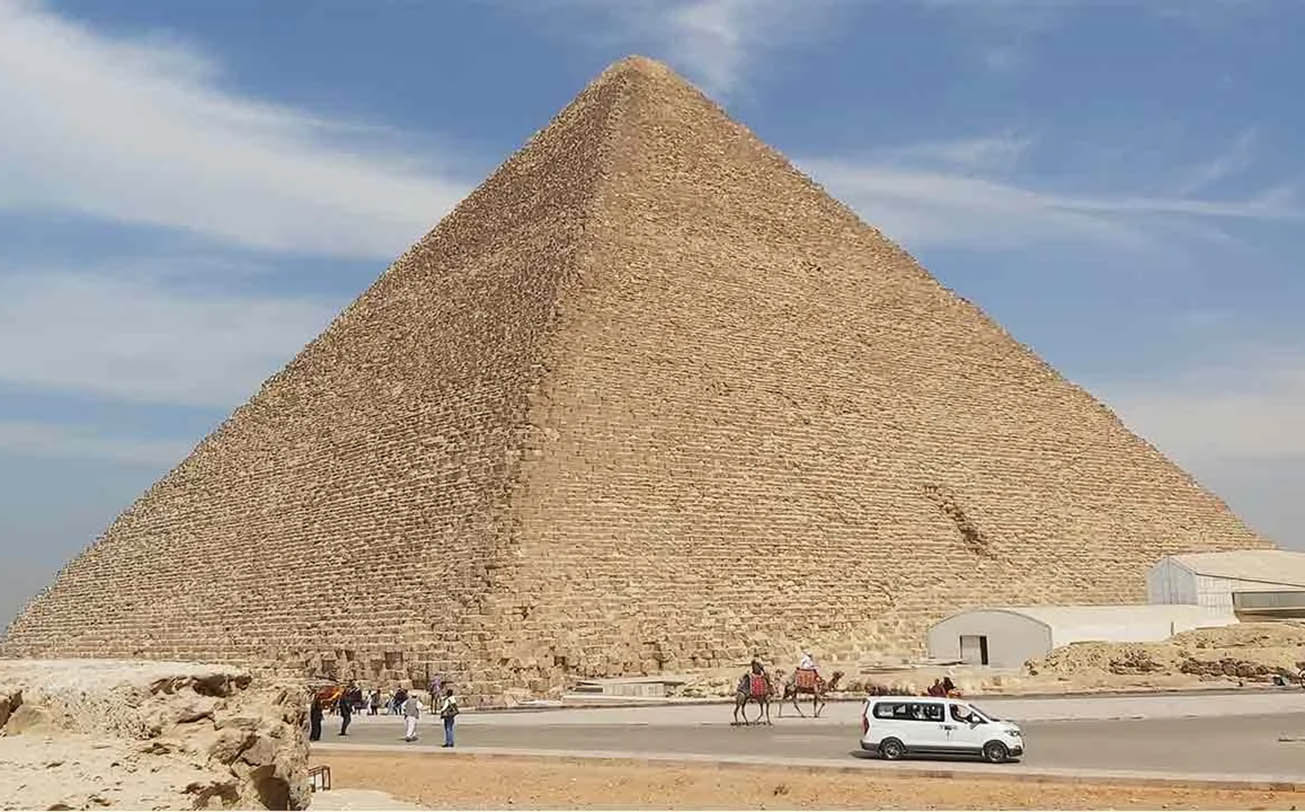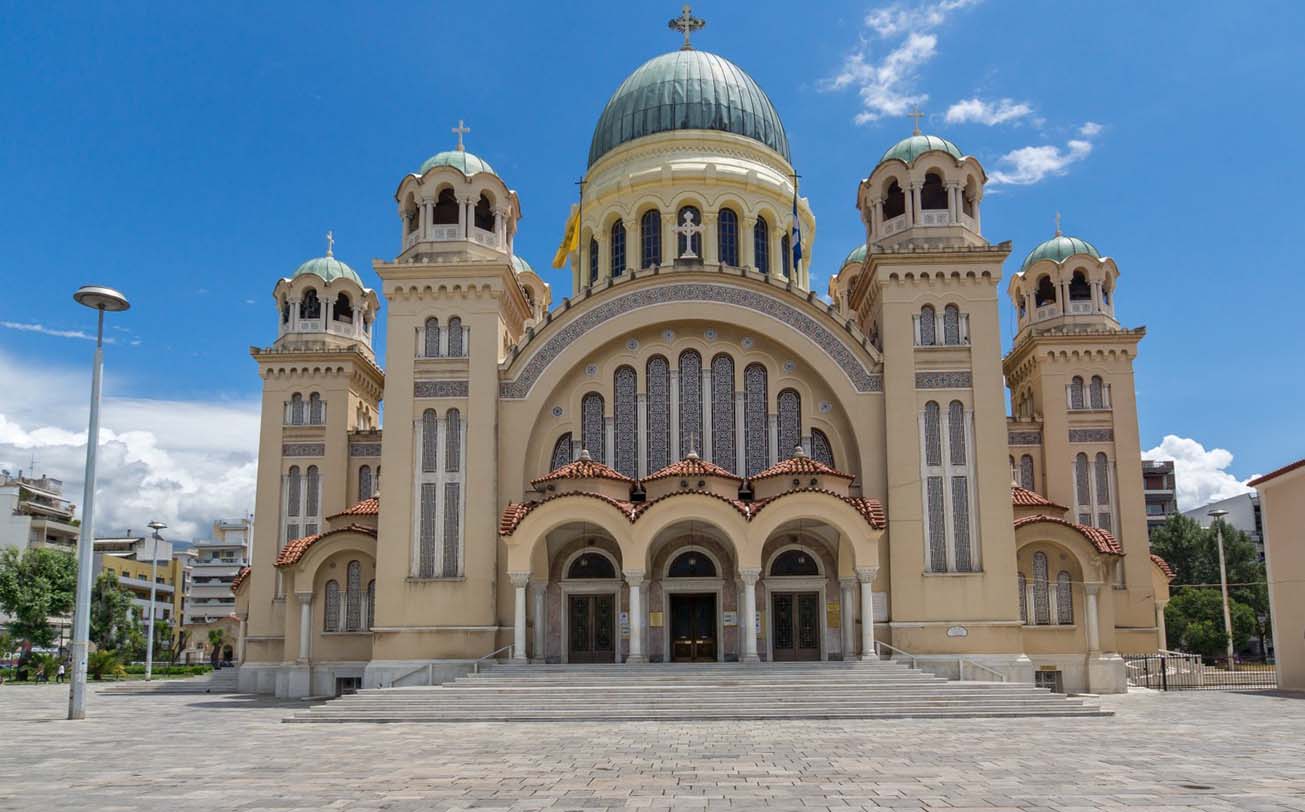I’m going to take you on a journey through one of the most mysterious and historically rich countries in the world – Egypt. I just returned from a trip to Egypt that was nothing short of extraordinary. It gave me the opportunity to witness the magnificence of ancient civilizations and modern wonders firsthand. I will share my personal experiences and provide you with a detailed guide of some of Egypt’s most iconic sites. I hope these stories and insights will inspire your future travels and help you explore this fascinating country. Egypt truly captivated me, and I’m sure it will do the same for you!
1. The Pyramids and the Sphinx: Mysteries of the Ancient World
When most people think of Egypt, the first images that come to mind are the majestic Pyramids of Giza and the iconic Sphinx. These awe-inspiring landmarks are not just historical sites; they are the very embodiment of ancient Egyptian culture and knowledge. Visiting these wonders was one of the most surreal experiences of my entire trip.
1.1 The Magnificence of the Pyramids
The first time I stood before the Great Pyramid of Giza, I was overwhelmed by a sense of awe and respect. The sheer scale of the pyramid was difficult to comprehend. Built for Pharaoh Khufu, the pyramid towers at 146 meters and was constructed using over two million limestone blocks. The engineering and precision behind this ancient wonder are truly mind-boggling. I could hardly believe how such a massive structure could have been built thousands of years ago without the modern machinery we have today.
Learning about the pyramid’s history from my guide only deepened my admiration for the ancient Egyptians. The process of its construction, carried out by thousands of workers over the span of 20 years, is still shrouded in mystery. Standing at the base of the pyramid, I could almost hear the whispers of the past echoing through the winds, connecting me to a civilization that existed long before our own.
1.2 The Sphinx: A Silent Guardian
Located near the Pyramids of Giza, the Great Sphinx is another emblem of ancient Egypt. The Sphinx, with its lion’s body and human face, represents a unique fusion of strength and wisdom. Though the years and desert winds have eroded its features, the Sphinx still stands proud, guarding the entrance to the pyramid complex.
What struck me most about the Sphinx is the way it silently observes the world, enduring the passage of time and weather. As I gazed into its eyes, I felt a deep connection to the ancient past. It was as though the Sphinx, and Egypt itself, had been standing guard over the secrets of the Pharaohs for millennia.
2. Abu Simbel Temple: A Marvel on the Nile
As I traveled south to visit the Abu Simbel Temple, I found myself even more enchanted by Egypt’s rich historical and architectural heritage. The Abu Simbel Temple, located near Egypt’s southern border, is a monumental site built by Pharaoh Ramses II. It is an incredible example of ancient engineering and artistry.
2.1 The Temple’s Magnitude and Grandeur
The size and grandeur of the Abu Simbel Temple left me in awe. The temple’s façade is adorned with four massive statues of Ramses II, each towering over 20 meters tall. These statues embody the power and divine authority of the pharaoh. As I stood before these monumental figures, I couldn’t help but imagine the immense pride and strength of the ruler who had them carved.
One of the most fascinating features of this temple is its alignment with the sun. Twice a year, in February and October, the sun shines directly into the temple and illuminates the statues of the pharaoh, symbolizing the god’s connection with the ruler. This phenomenon was an intentional design by Ramses II to show his divine right to rule, and witnessing it felt like stepping into the ancient world itself.
2.2 The Relocation of the Temple: A Modern Engineering Feat
In the 1960s, the construction of the Aswan High Dam threatened to submerge the temple under water. The international community, with the help of UNESCO, carried out an extraordinary project to relocate the entire temple. The temple was carefully cut into sections and moved to higher ground, a feat that demonstrated both the ingenuity of ancient Egyptian builders and the prowess of modern engineering. Knowing that such a marvel had been moved intact made me appreciate the combined efforts of ancient and modern civilizations in preserving Egypt’s treasures.
3. Edfu and Kom Ombo Temples: The Heart of Ancient Egyptian Religion

As I continued to explore Egypt, I visited some of the most sacred and historically significant temples, including the Edfu and Kom Ombo Temples. These temples provide incredible insight into Egypt’s religious practices and architectural achievements.
3.1 The Tranquil Majesty of the Kom Ombo Temple
The Kom Ombo Temple, located near the Nile River, is dedicated to two gods: Sobek, the crocodile god, and Horus, the falcon-headed god. What I loved about this temple was its symmetrical design, with two identical entrances and sanctuaries, one dedicated to each deity. The intricate carvings and hieroglyphics on the walls depict scenes of ancient rituals and offerings, providing a glimpse into the religious life of the Egyptians.
What struck me most was the peaceful and serene atmosphere that surrounded the temple. Surrounded by the Nile and the quiet Egyptian countryside, I felt like I had entered a sacred space where time had stood still.
3.2 The Edfu Temple: The Preservation of Tradition
The Edfu Temple, dedicated to the god Horus, is one of the best-preserved temples in Egypt. Its towering pylons and intricate reliefs provided a fascinating look at the religious life of ancient Egypt. I was especially taken with the remarkable detailing of the carvings on the temple walls, which depicted various myths and religious ceremonies. It was incredible to think that such artwork had survived for more than 2,000 years, allowing us to experience the spiritual beliefs of a long-lost civilization.
4. Karnak and Luxor Temples: The Heart of Ancient Thebes
No visit to Egypt would be complete without exploring the magnificent Karnak and Luxor Temples, which are located in Luxor, once the capital of ancient Egypt. These temples are among the largest and most impressive religious sites in the world.
4.1 Karnak Temple: The Gateway to the Gods
The Karnak Temple complex is absolutely vast, with massive stone pillars, towering obelisks, and a series of sanctuaries dedicated to different gods. Walking through the Great Hypostyle Hall, with its 134 towering columns, was one of the most humbling moments of my journey. The sheer size of the structure and the intricate carvings on the columns made me feel as though I was stepping into the very presence of the gods.
4.2 Luxor Temple: The Eternal Connection Between Pharaohs and Gods
Luxor Temple, built during the reign of Amenhotep III and later expanded by Ramses II, is one of the most beautiful temples in Egypt. The temple is aligned with the sun, and during certain times of the year, sunlight pours through the entrance to illuminate the sanctuaries. I was particularly moved by the fact that the temple continues to be used for religious ceremonies, connecting modern Egypt to its ancient past.
5. Hatshepsut Temple: The Legacy of Egypt’s Female Pharaoh
Another highlight of my trip was visiting the magnificent Temple of Hatshepsut, built in honor of the great female pharaoh, Hatshepsut. Located near the Valley of the Kings, this temple is a remarkable architectural achievement. The terraces, which rise dramatically from the surrounding cliffs, make the temple one of the most visually striking in Egypt.
Hatshepsut was one of the few female rulers of ancient Egypt, and her temple reflects her power and ambition. The reliefs on the walls depict scenes from her reign, and I found it fascinating to see how she was portrayed as both a man and a woman in the artwork. This temple serves as a testament to her legacy and her influence on Egypt’s history.

6. Fire and Ice: The Contrasting Beauty of Egypt
One of the most striking aspects of my journey through Egypt was the contrast between the intense heat of the desert and the refreshing coolness of the Nile River. Egypt’s natural beauty is a stunning combination of the extremes of nature – the searing heat of the desert during the day, and the cool, refreshing breeze by the river at night. This contrast made me realize that Egypt is not just a place of history but a land of natural wonders as well.
7. Travel Tips for Your Egypt Journey
Before I wrap up my share of this unforgettable trip, let me offer some practical tips to make your journey to Egypt even smoother:
- Sun Protection is Key: The sun in Egypt is incredibly intense, especially in desert areas. Be sure to pack high-SPF sunscreen, sunglasses, and a wide-brimmed hat to protect yourself.
- Watch Your Food and Water: While Egyptian street food is tempting, it’s best to stick to restaurants with good hygiene practices to avoid stomach issues.
- SIM Cards: I recommend purchasing a local SIM card for easy internet access and staying in touch with family and friends while traveling.
- Stay Hydrated: The Egyptian heat can be overwhelming, so carry plenty of water with you at all times.
A Journey Through Time
My trip to Egypt was nothing short of magical. From the Pyramids to the temples, every stop felt like I was stepping back into a time long past. I was amazed by the ingenuity, artistry, and devotion that the ancient Egyptians put into their monuments. If you ever have the chance to visit Egypt, don’t hesitate. The treasures of this ancient land are waiting to be discovered, and I’m sure it will captivate your heart just as it did mine.




